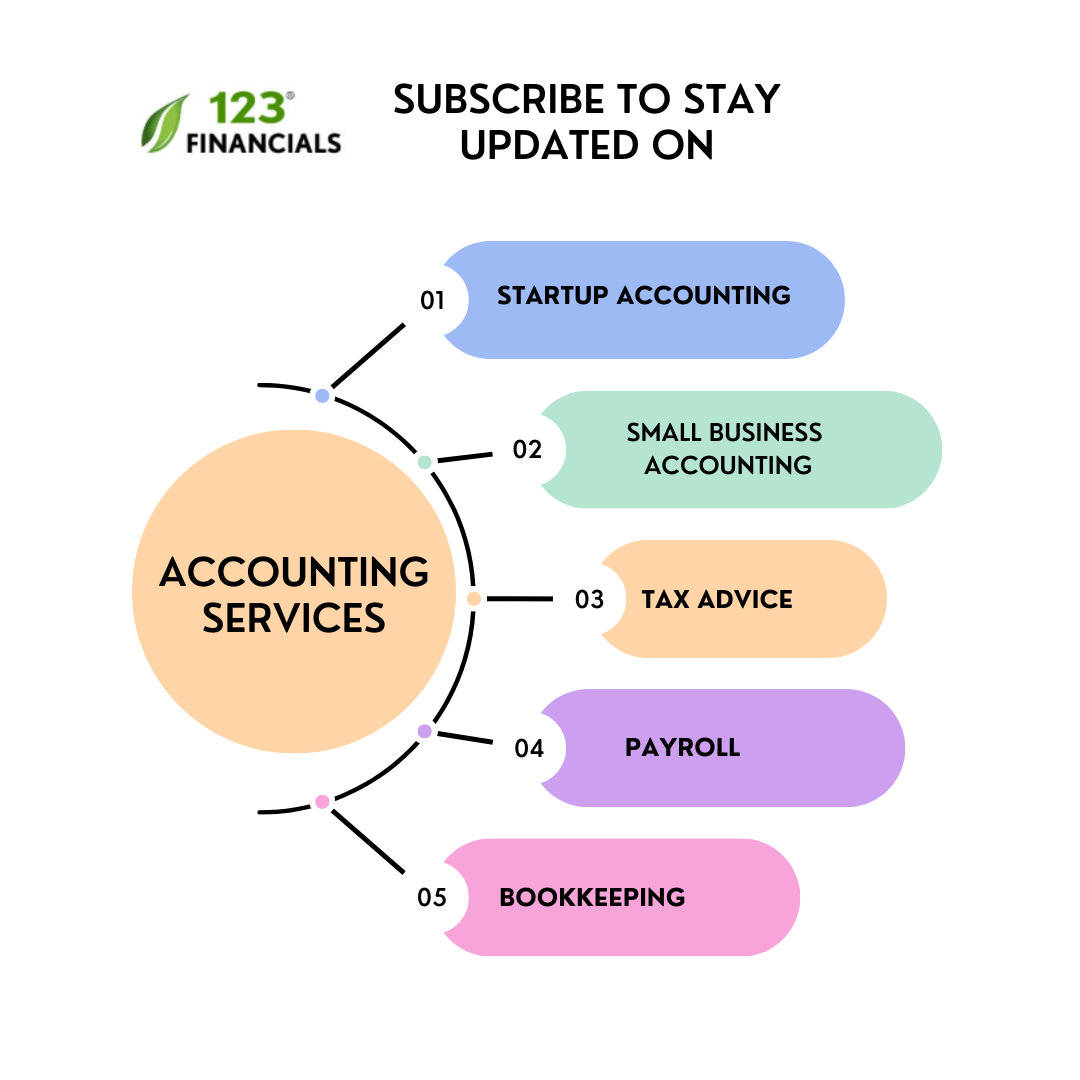Self Assessment Tax Return: The freedom of working for yourself is great, and there is the potential for big money.
But that also means you have to take responsibility for your own taxes such as submitting your self-assessment tax return.
This can seem very daunting and will probably take you hours, so we are here to make your life as easy as possible. This guide will help you when the tax return filing time comes around.
File Your Self Assessment Tax Return
Work with a London-based accountant for tax, accounting, payroll, & EIS/ SEIS needs.
This blog post is divided into the following sections:
- What is self assessment?
- Who needs to complete the self assessment tax return?
- Steps to fill in your self assessment tax return
- What are deadlines for self assessment tax year 2021/22?
- What happens if you miss a tax return deadline?
- FAQ’s
What is self-assessment Tax Return?
Self assessment is HMRC’s way of finding out how much income tax and National Insurance a self-employed need to pay.
You might need to complete a Self Assessment return even if you are not self-employed.
For instance, if you earn money from renting out a property or have significant income from investments, savings, and dividends.
Employees automatically have income tax deducted from their income through the PAYE system, but this doesn’t happen for self-employed people.
Self assessment involves completing a tax return (or Form SA100) and is usually done online, though it is still possible to file in the old-fashioned way with a paper form. Submission deadlines are different for paper and online versions.
More than 10.2 million people were required to file their 2021-22 tax returns by 23.59 on 31 January 2022. More than 630,000 submitted their tax returns on 31 January 2022; the peak hour for the filing was between 16:00 to 16:59 when 52,475 tax returns were filed.
Last year, 20,947 registered self-employed people completed their tax returns from 23:00 to 23:59 on Friday, 31 January 2022.
More than 12.2m people are expected to file a self assessment tax return this year.
Who needs to complete the self assessment tax return?
A self assessment tax return must be completed by any individual paid outside of the PAYE scheme or has received additional untaxed income on top of their PAYE.
In most cases, full-time employees pay tax and National Insurance before receiving their monthly salary and will not be required to pay additional tax.
This means they would not be required to file an annual tax return.
You will generally be required to submit a tax return if any of the following applies:
- You are a director of a company
- If you have received income from land or property in the UK
- If you have capital gains tax to pay
- If you have received taxable foreign income over £300 a year
- If you have received income from a trust or settlement
- If your annual income exceeds £100,000
- If you receive £10,000 or more from taxed savings and investments
- If you are higher rate taxpayer and receive £2,500 or more from untaxed savings and investments
- If your income is over £50,000 and you or your partner have received child benefit payments
Steps to fill in your self assessment tax return
Step 1: Register for the self assessment
If you are filing the self-assessment tax return for the first time, you must first register with the HMRC.
You can register online using HMRC’s website.
Whether you are self-employed, registering a partnership, or not self-employed, the process will vary, so choose an option that applies to you carefully.
Step 2: Get your UTR number and set up a government gateway account.
As soon as you register for the self-assessment, you will automatically be issued a Unique tax reference (UTR) number.
If you cannot find it, you can also call HMRC on 0300 200 3310 to ask about the UTR number.
You’ll require some information on hand for security questions, such as your personal details and National Insurance number.
To submit the self assessment tax return online, you must set up a government gateway account.
You can set up your government gateway account by following the letter’s instructions containing your UTR number.
Once you have set up the account, you will get the activation code in the mail, which will complete the set-up of the gateway account.
This entire process could take up to 20 days, so make sure not to leave it until the last minute.
Step 3: Make sure that you have the correct information gathered
Prior to starting out, you will need to make sure you have the following information on hand:
- Unique Taxpayer Reference (UTR)
- National Insurance number
- Records of expenses relating to self-employment
- A total of any property income you’ve received
- Certificates detailing interest you have received from your bank
- Any overseas income you received
- Any income you have received as part of a partnership (one partner should also file a tax return for the partnership as a whole)
- Information about any dividends you received
- All taxable benefits you have received from the state
- All capital gains you have received by disposing of assets
- Details about any Gift Aid you have received (you can claim tax back for this – visit GOV.UK for more information
- Details of pension contributions, as you may be able to claim some of this money back – visit GOV.UK for more information
- Details of any tax payments you have already made this year (known as payments on account – visit GOV.UK for more information
- Details of the income earned from employment which may include your P60, your P11D form, P45 if you left during the tax year, detailing any benefits and expenses you have received that weren’t processed through a payroll system, or your P2 coding notice, which explains your PAYE tax code.
Also, check out our guides for landlord and freelancers on what can be claimed back to save tax.
Step 4: Prepare the tax return
Once you have all the relevant income information from step 4 above, start completing self assessment tax return. You will see a page similar to the one below. Start completing the sections one after another.
Fill out your self-assessment tax return slowly and carefully.
You can always save it and return to it if you are doing it online, so there’s no need to hurry.

Step 5: Submit the tax return
Once you have filled in the above information, your tax liability will be automatically computed.
Also, check all the information you have entered before pressing Submit.
You can edit every detail at any point before submitting.
You will get a confirmation and code number once you submit it.
It is best to keep a note of this number as a reference for the future.
Step 6: Pay the tax bill
After you submit your tax return, it is time to pay the amount you owe. You must pay tax before the deadline. Late payments usually attract interest and penalties.
You can pay a tax bill by debit card, bank transfer, Bacs, or direct debit.
You can find the full list of payment methods here
Step 7: Keep a record of your tax return
It is always good to keep a record of your tax returns.
If HMRC chooses to investigate your tax return, you must provide your receipts and bank statements as proof.
If you are a landlord or self-employed, you should keep the records for at least five years and 10 months.
What are the deadlines for self assessment tax year 2021/22?
| Deadline | |
| Registering for the self-assessment | 05 October 2022 |
| Submitting the paper tax return form | 31 October 2022 |
| Submitting the tax return online & first payment on account | 31 January 2023 |
| Second payment on account | 31 July 2023 |
What happens if you miss the tax return deadline?
If you miss the tax return deadline, you will have to pay the penalty, which is £100 if you are up to 3 months late.
You will be charged an even higher fee if you are later than 3 months, with interest on top – so do not miss it!
In some cases, you can appeal the penalty if you have a reasonable excuse for missing the deadline but never rely on this appeal being successful.
Excuses that may prove successful include the recent death of a partner or an unexpectedly long stay in the hospital, but they are assessed on a case-by-case basis.
File Your Self Assessment Tax Return
Work with a London-based accountant for tax, accounting, payroll, & EIS/ SEIS needs.
FAQ‘s
Frequently asked questions on self assessment tax return:
Q: Where can I find the self assessment tax return form?
You can download the tax return from the HMRC website. Alternatively, you can call the HMRC on 0300 200 3610 to request a blank tax return form with guidance notes.
Q: How do I send the self assessment tax return to HMRC?
93% of registered self assessment people submit their tax return online. You can submit tax return via HMRC website.
You will need to post your completed paper tax return to HMRC on the following address
Send your paper tax return to:
| Live in the UK | Live outside the UK |
| Self Assessment HM Revenue & Customs BX9 1AS United Kingdom | HM Revenue & Customs Benton Park View Newcastle Upon Tyne NE98 1ZZ United Kingdom |
Q: How do I pay for self assessment tax bill?
You can no longer pay at the Post Office.
Online telephone banking (faster payments), CHAPS, by debit or corporate card online, at your bank or building society, BACS, by direct debit or by cheque through the post. Here is a complete list of payment methods accepted by the HMRC
If the payment deadline falls on a weekend or bank holiday, ensure your payment reaches HMRC on the last working day before (unless you’re paying by Faster Payments or by debit or credit card).
Q: Can I check online if my payment has been received?
Yes, you can check on HMRC online account, and it should show as ‘paid’ in 3-5 working days.
If you made the payment via post, you can add a letter with your payment to HMRC requesting a receipt. You should receive this via post.
Q: What if I am struggling to pay my self assessment tax bill?
You can contact HMRC on 0300 200 3822 and make a payment proposal. This is another way of paying tax bill quarterly or monthly. HMRC will check this case by case basis and can ask for further information.
Q: Can I amend my tax return after submitting it?
If you notice an error, you can correct your tax return for up to a year after the filing deadline via the HMRC online portal. After one year, you must write to HMRC to explain your circumstances and request a change.
For paper tax returns, you will need to download a new return and post it to HMRC with ‘Amended’ written on each corrected page.




















